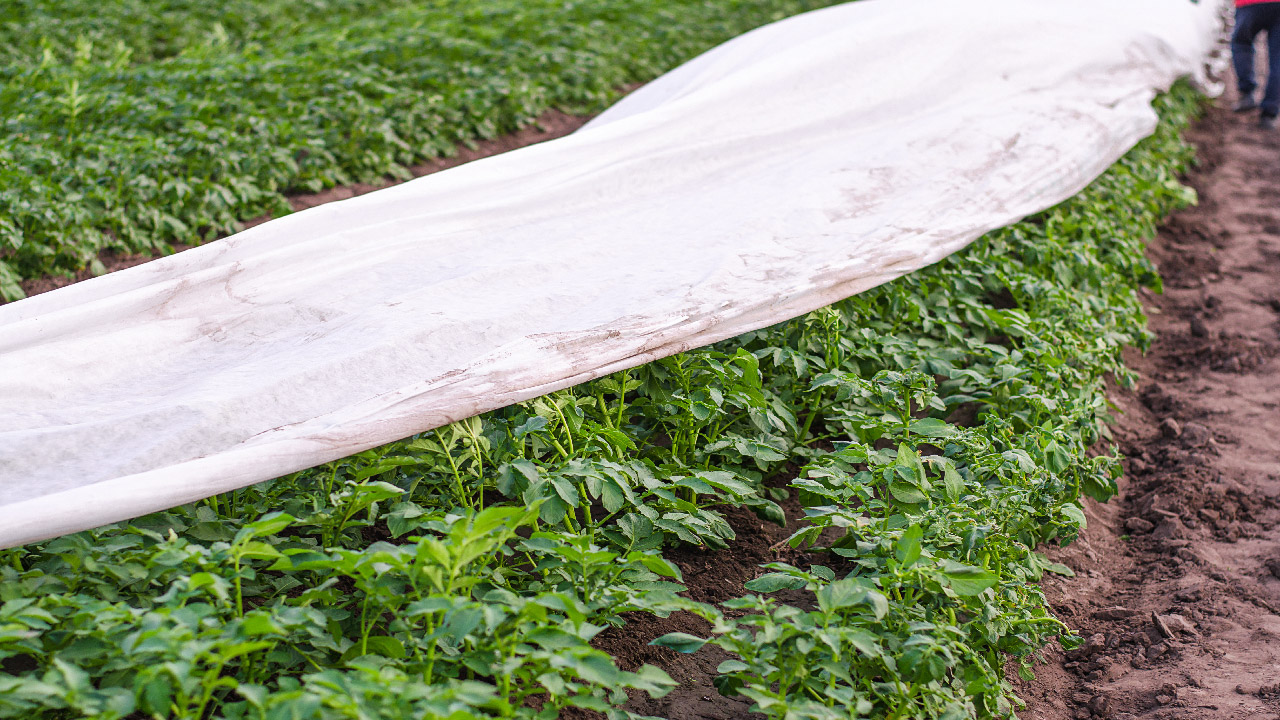5 Mistakes When Preparing Your Garden for Winter
Nov 14th 2023
If you have a beautiful fall garden, you must take the necessary precautions to maintain a healthy garden in the winter. With short days and cooler evenings, some steps should be taken to prepare your garden for winter. With winter approaching, it can be difficult for plants because of heavy rain, which can cause root rot, and long periods of frost, which can damage leaves. After fall planting, it's time to start planning how you will prepare your garden for the cold months. While preparing the garden for winter, many gardeners make common winter gardening mistakes that result in plant damage and frustration due to seeing the plants in lousy condition.
In this blog, the gardening experts at DripWorks share the five mistakes you should avoid when preparing your garden for winter.
1. Planting Too Late and Planting Wrong Varieties
Planting too late in the season can make it challenging to handle winter temperatures and result in devastating plant losses in the following spring, particularly in areas where the ground freezes. Perennials are most vulnerable to late planting because constant thawing and freezing of soil shove plants out of the soil, revealing crowns. Trees and shrubs can be planted late. However, for the highest winter survival rates, six weeks after the first freeze is the cut-off point for sowing new seeds.
In addition to not planting too late, another mistake to avoid is planting the wrong varieties. You should plant cold-tolerant or hardy crops to maximize the harvest season. In mild winter climates, fall lettuce crops can last long into December. Four Seasons lettuce, North Pole, and Arctic King are all good options for fall planting. Plant 'Brune d'Hiver' or 'Winter Marvel' lettuce over winter in colder climates. In mild winter climates, it's best to sow seeds of the Four Seasons or any oakleaf variety.
2. Pruning Right Before Chilly Weather
Pruning your plants will lead them to create new growth, which is delicate and susceptible to freezing temperatures. Some plants can handle pruning, but most can't. If you cut the plant immediately before cold weather and it isn't tough, it may kill it. Many plants need at least a few weeks of moderate weather to recover after pruning and before the regular freezing starts. Otherwise, they won't protect themselves from the cold.
Wait until spring when all risk of frost has passed, and then prune shrubs such as butterfly bush. At this time, you can also prune any dead branches using pruning shears. In the future, always complete pruning by the end of August so plants have enough time to harden up before the first freeze. It's best to be safe than to lose your lovely plant.
3. Not Watering Plants
Another common mistake most gardeners make is not watering the plants consistently once the hot season is over. Water is an excellent frost protector for your plants. Trees planted in fall require consistent watering during winter months.
Just like you feel dry and thirsty when wind and cold are blowing outside, your plants and trees feel the same. So, make sure to hydrate them. Then, there's the rest of your garden. Even if nothing is growing in the soil, it shouldn't be allowed to dry before winter. Keep it happy and hydrated until the cold season sets in. Put your garden to sleep with enough moisture in the soil for happy plants in the Spring.
4. Not Using Protection for Plants
Do not leave plants outdoors in extreme conditions without protection. Place the container plants close to the foundation of the house or bury them in the ground and cover the plants with a heat-retentive blanket or row cover. You can move planters into the garage or storage room, which is more effective.
Fortunately, there are numerous materials available to protect your outdoor plants from harsh climates. If you have an active garden when frost looms, there's no reason not to invest in some protective equipment to keep plants healthy and alive. Frost blankets are inexpensive and great options to cover a broad range of plants.
Furthermore, wrap small trees and shrubs with a winter coat of burlap for protection against freezing temperatures. Evergreen plants are more vulnerable to winter burns. In addition, adding a layer of mulch is also a great way to protect plants' roots from frost and keep them rooted in soil when the soil freezes and thaws.
5. Not Winterizing Your Irrigation Systems
Caring for your hoses and irrigation systems is ensuring it is protected from extreme winter temperatures. These systems can cost a lot of money. With a little extra care, they can last for years. So, don't let freezing water ruin your system.
If you leave your pipes and drip irrigation system full of water, the water will freeze in winter, which results in cracked and damaged components. Your pipes will have holes in them. Additionally, they will also become hard to bend and brittle when exposed to harsh weather for a long time. To winterize your irrigation system, drain the water out of pipes using drain valves or a blowout method, and close and protect the hoses.
For a complete method to winterize your drip irrigation system, read this helpful guide: Winterizing Your Irrigation System
The Bottom Line
As cooler weather arrives, it's time to start preparing your garden for a drop in temperatures. However, be mindful of avoiding these 5 common gardening mistakes and make your garden happy all winter long. Whether you're a beginner or an avid gardener, these mistakes can damage a good harvest from the start and severely affect your favorite plants.
So, always be ready ahead of time and avoid these mistakes. We hope these five tips will help your garden survive the cold and thrive in spring!

